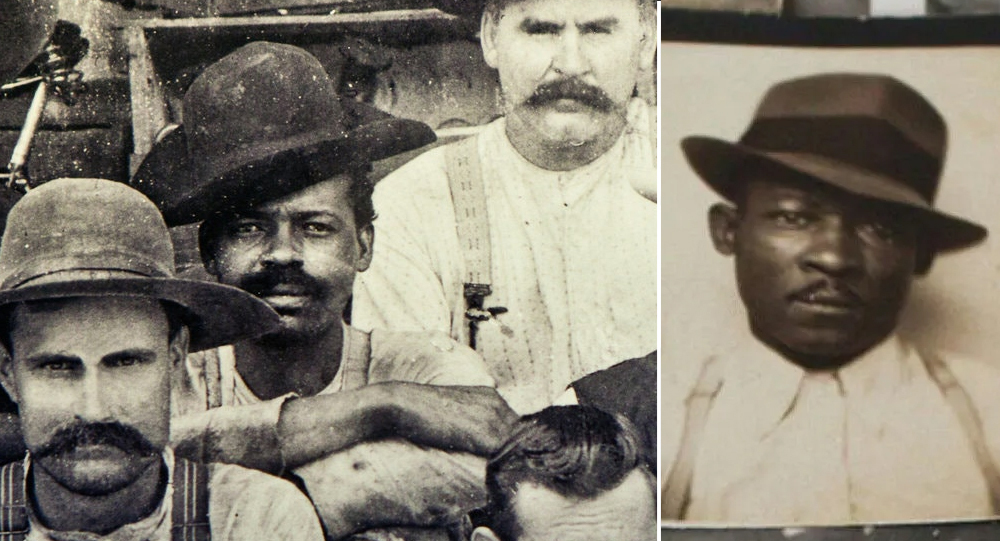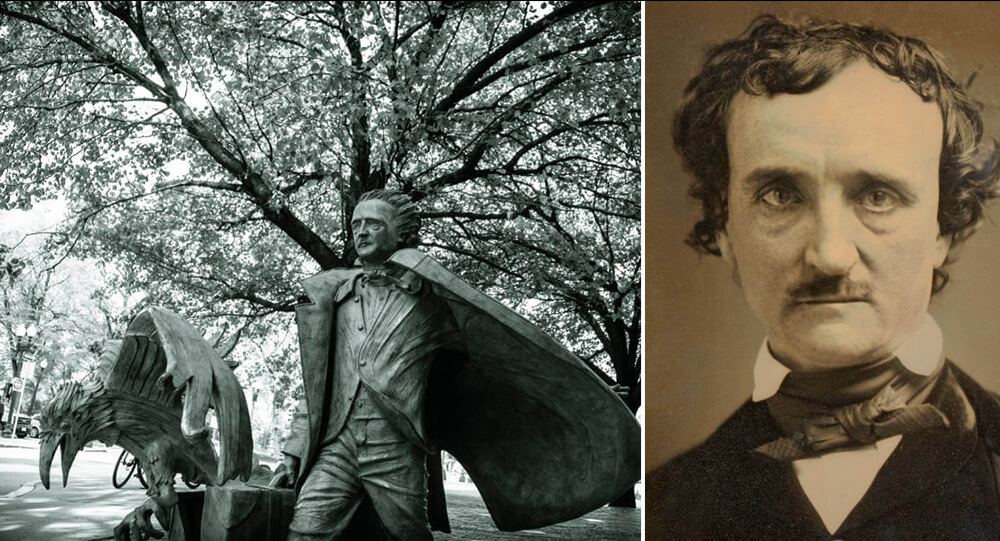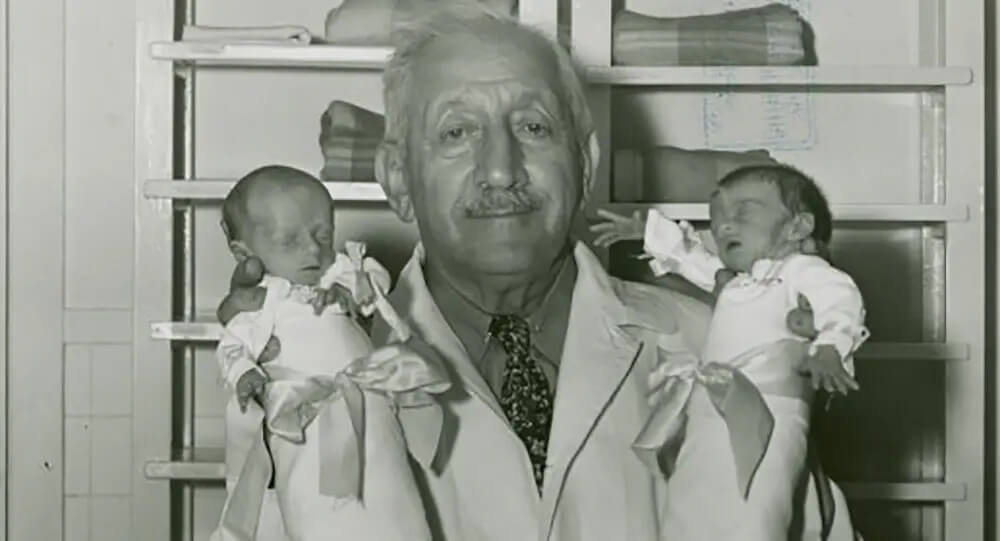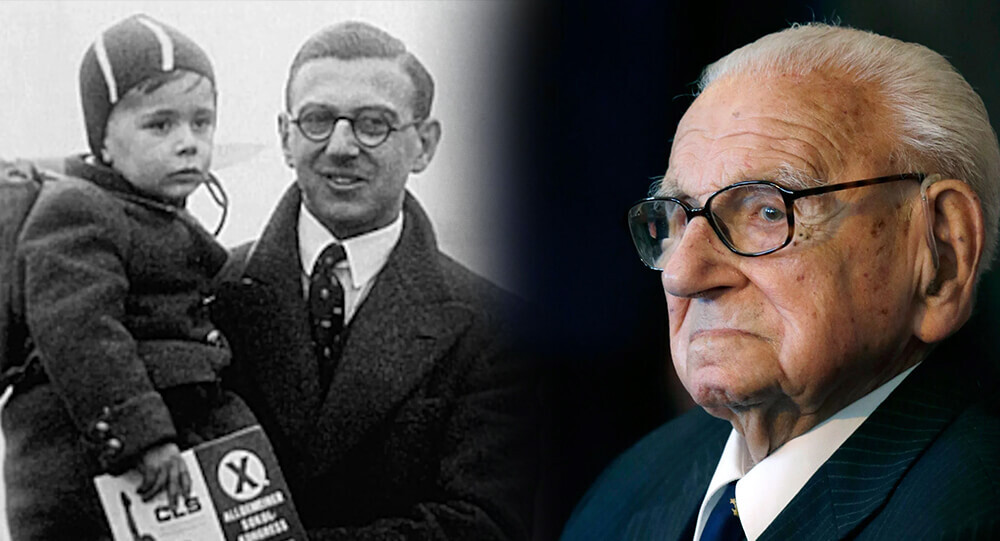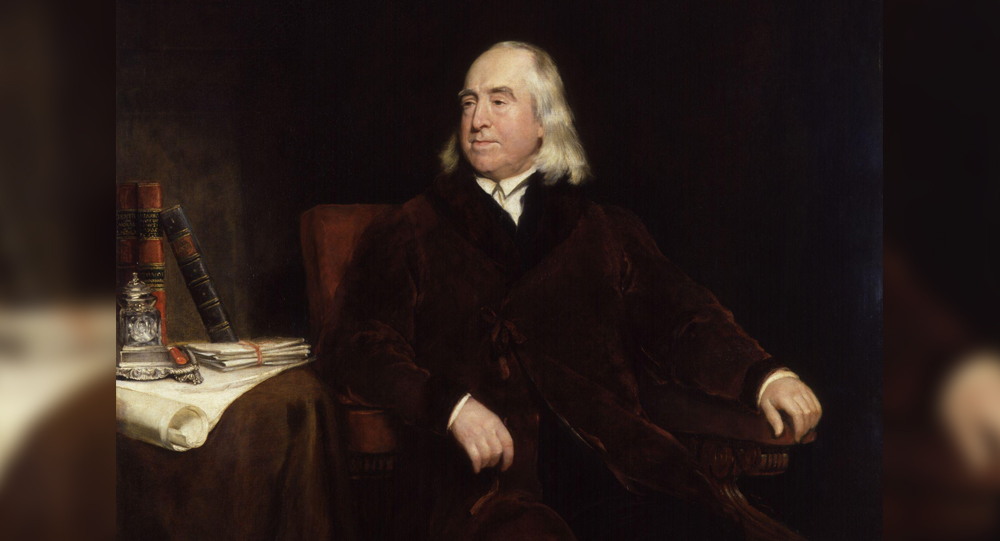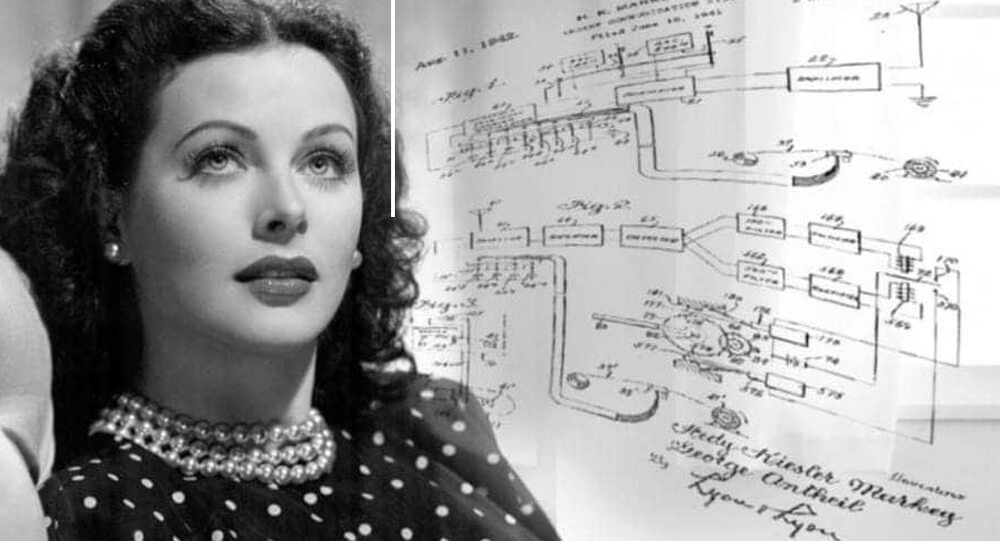

Hedy Lamarr, A Hollywood actress who also a mathematician and inventor
I believe it’s accurate to claim that the internet has altered the course of history. Consider using the internet without Wi-Fi for a moment. Yes, we did back when there was “dial-up,” but it seems like a very long time ago. If some very smart people hadn’t used their intelligence and inventiveness, this amazing innovation might never have been made.
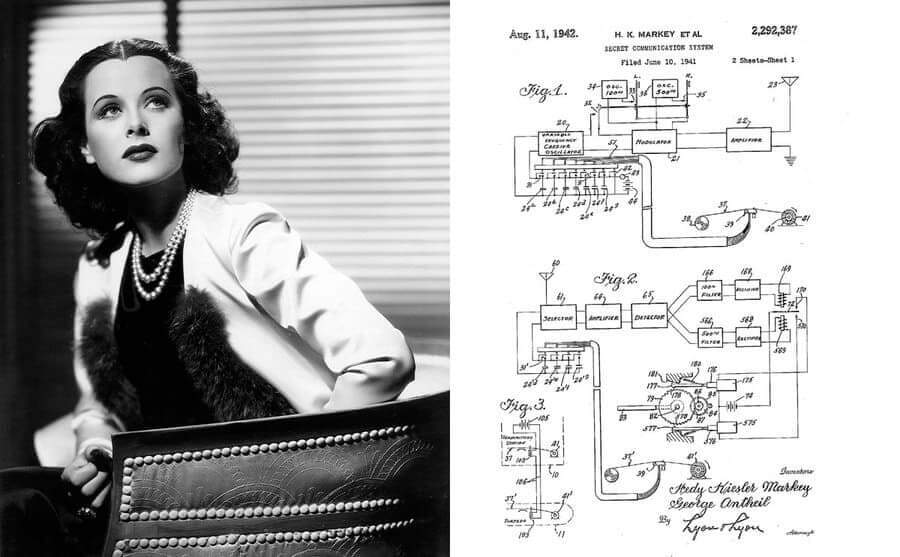
You may be familiar with well-known figures like Bill Gates and Steve Jobs, but did you know that one remarkable woman made significant contributions to the growth of the internet and the tech industry? She also wasn’t a well-known scientist or Nobel Prize recipient. Hedy Lamarr was a well-known Hollywood actress. The actress also led a very interesting life, contributing to the development of one of history’s most significant inventions.
Who Was This Famous Hollywood Actress and her inventions?
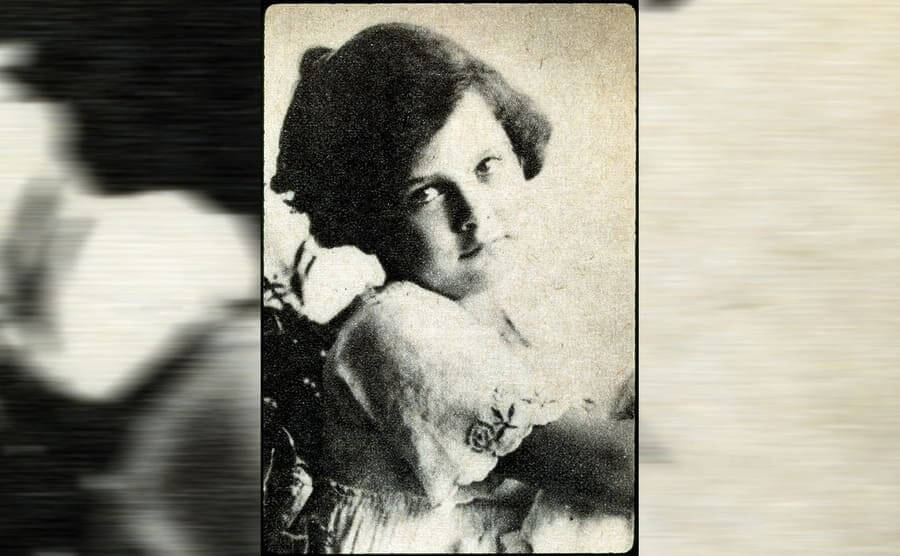
Hedy Lamarr was an Austrian-American actress who also worked as an inventor on the side. She was renowned for her gorgeous beauty and superb acting abilities, but she was in no way just a lovely face. The actress was a great person as well. Now who was this famous Hollywood actress?
Like so many Hollywood celebrities, Lamarr made the decision to change her name in order to fit the “mould” of Hollywood. She was Hedwig Eva Maria Kiesler at birth. Since many of the celebrities at the time were of European descent and the general people didn’t really like names with German roots, it was common for stars to go by new names. Lamarr was born in the lovely city of Vienna, Austria, in 1914.
Hedy Lamarr, an Austrian-born actress most renowned for her seductive performances in the 1930s and 1940s, struggled with her beautiful features throughout her life. She served as the model for the iconic cartoon beauties Snow White and Catwoman thanks to her unrivaled beauty, and in the 1940s, more patients seeking plastic surgery wanted her profile than any other. She would frequently assert that aesthetics weren’t important to her, yet later in life, she herself underwent repeated plastic surgery. She could not bear to lose her youthful attractiveness.
A recent addition to the National Portrait Gallery honoring the actress beautifully captures that beauty. Conspiratori, her World War II picture, was promoted with this Italian poster (The Conspirators). Her appearance embodies the appeal that made her the “most beautiful lady in the world.”
But Hedy Lamarr was much more than just her lovely dark hair, transparent fair complexion, and brilliant green eyes. She was a brilliant innovator who laid the seed for some of today’s most pervasive technology, such as Wi-Fi, Bluetooth, GPS, cordless phones, and cell phones. Her innovations came from a convoluted existence that was full of ambiguities and elusive realities and was not like the movie star she appeared to be.
When Lamarr took apart and put back together a music box at the age of 5, she sparked an interest in inventing that she never lost. She collaborated on her inventions with a strange composer named George Antheil. They collaborated primarily behind closed doors, and because Lamarr’s autobiography, which was ghostwritten, omits any mention of her innovations, more information about how she approached her job is woefully lacking. Carmelo “Nino” Amarena, an inventor, recalls conversing with Lamarr in 1997. Amarena remarked, “We conversed like two engineers working on a hot project. I always felt like I was speaking to a fellow innovator rather than a movie star.
In the early stages of World War II, Lamarr made a significant discovery while working on a device to prevent opposing ships from jamming torpedo guidance signals. Nobody knows what inspired the concept, but Antheil acknowledged that Lamarr’s design was used as the basis for his practical model. They devised a method for the radio guidance transmitter and torpedo’s receiver to switch frequencies at the same time, rendering it difficult for the adversary to track and intercept a message before it changed frequencies. This strategy was dubbed “frequency hopping.”
But when Lamarr and Antheil presented their invention to the United States Navy engineers rejected it because they felt it was too complicated. A contractor hired by the Navy to develop a sonobuoy that could be thrown into the water from an airplane to detect submarines was given Lamarr’s idea in the middle of the 1950s, when lightweight transistors were becoming more readily available. Over time, that contractor and others have used Lamarr’s design as a launching pad for more ambitious concepts. Despite the fact that Lamarr and Antheil’s patent didn’t expire until 1959, they were never paid for the use of their idea. All American ships on a blockade line around Cuba in the Cuban Missile Crisis of 1962 were armed with torpedoes that were guided by a “frequency-hopping” mechanism.
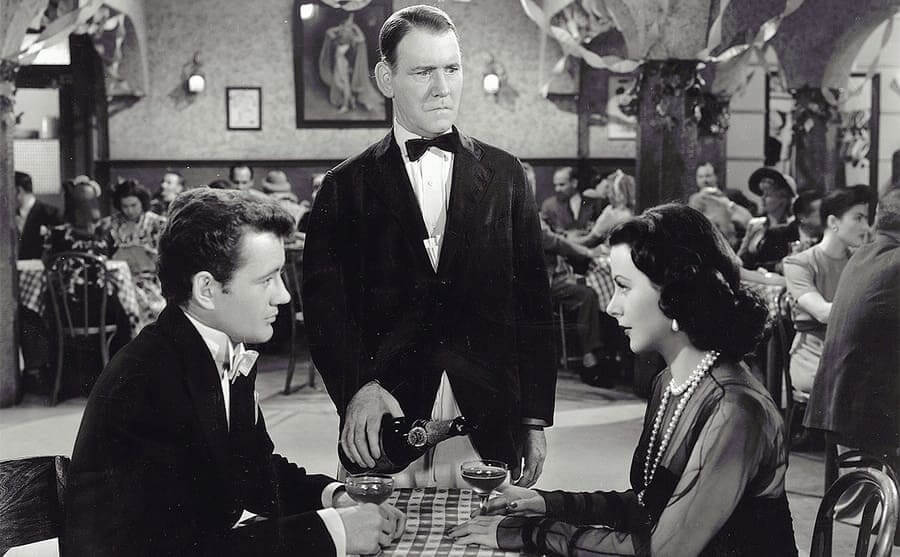
Lamarr, who was raised in Vienna in an assimilated Jewish family, would eventually conceal her heritage, even to her own kids. She often expressed contempt for the Nazis, some of whom had dined at her table when she was married to an Austrian munitions manufacturer, Fritz Mandl, according to Antheil’s memoir, Bad Boy of Music, who claims that she initiated their effort to develop weapons for the Allies because “she did not feel comfortable sitting there in Hollywood and making lots of money when things were in such a state.” She recalled that the Germans and other prospective buyers had discussed secret weaponry at her house, however it is not known if she had heard these discussions. Benito Mussolini, the head of the Italian Fascist movement, was one among those who entered her house.
She later claimed that Adolf Hitler had dinner at her home, but her biographers do not accept this claim because she and her husband were both Jews, and as a result, lower-ranking Nazis visited them at home rather than meeting in a more open location. She claimed that her spouse frequently sought her advice on new weapons, and it’s probable that their discussions inspired her to start designing her own guns. Some have claimed that she plagiarized Mandl or one of his guests by using the concept of “frequency hopping,” but she has denied this and no German weapons have ever employed the concept.
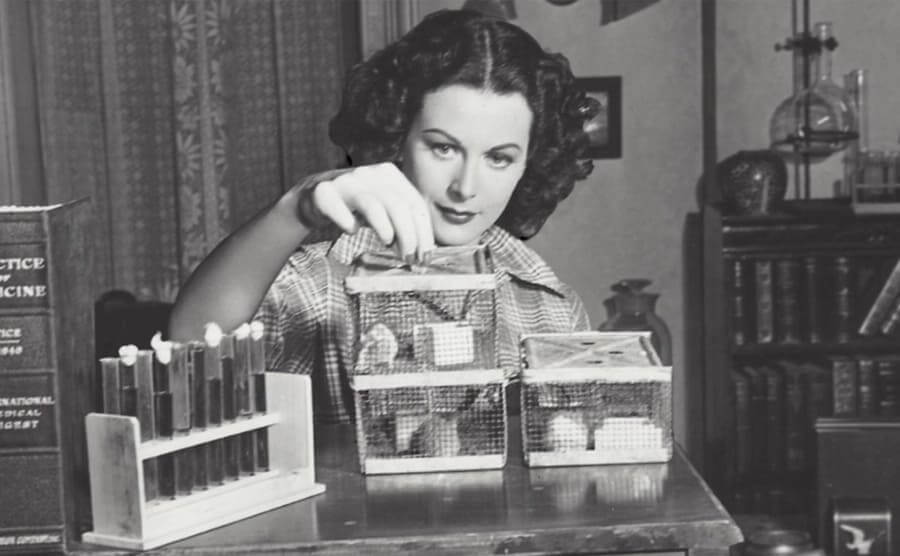
Lamarr passed away in January 2000 at the age of 85, but even as she approached death, she continued to create items, including a bright dog collar, upgrades for the Concorde jet, and a new style of stoplight. She would be happy with the legacy of her “frequency hopping” idea, according to her son Anthony Loder, who said this after her passing: “She would love to be remembered as someone who contributed to the well-being of humankind.”

The worst blizzard in recorded history: the 1972 Iran blizzard
The deadliest snowstorm ever recorded occurred in Iran in 1972. It lasted for a week, burying areas in 26 feet of snow and killing over 4,000 people, including the entire populations of three villages.

Nearest Green, America's first known Black master distiller
Nathan "Nearest" Green was an African-American head stiller who is now more frequently referred to as a master distiller. He was renowned for imparting his distilling knowledge to Jack Daniel, the creator of Jack Daniel's Tennessee whiskey distiller, after Jack Daniel was freed from slavery following the American Civil War.

Medals of Friendship: The Enduring Olympic Story of 1936
At the 1936 Summer Olympics, two Japanese pole vaulters named Sueo Oe and Shuhei Nishida tied for second, but they declined to compete against each other. As a result, Nishida was awarded the silver medal and Oe won a bronze medal. Upon returning to Japan, the athletes had their medals cut in half and spliced together to create new "friendship medals," which were half silver and half bronze.

The true story of Annie Oakley, legendary sharpshooter
Anne Oakley was such a good shooter that she could split a playing card help edge-on, hit dimes thrown into the air, shoot cigarette from her husband's lips, and pierce a playing card thrown into the air before it hit the ground.

Inside The Mysterious Death Of The Famed Gothic Writer Edgar Allan Poe
Hours before his death Edgar Allen Poe was found on the streets of Baltimore. He was incoherent, wearing another man’s clothes, and unable to explain how he got there. The cause of his death is an unsolved mystery.

The day Iceland's women went on strike
Icelandic women went on strike for equal rights on October 24, 1975. 90% of women walked out of their jobs and homes, effectively shutting down the entire country. The men were struggling to keep up. The following year, Parliament passed a law requiring equal pay. Iceland elected the world's first female President five years later. Iceland now has the highest gender equality rate in the world.

Tunnels Dug by ancient giant sloths, A South American Megafauna
For years, scientists didn’t know what caused mysterious cave networks in South America. In 2010, they learned that the caves were actually tunnels dug by ancient giant sloths

Did Gil Pérez Really Teleport from Manila to Mexico Overnight? The 1593 Mystery
On October 24, 1593, while performing his guard duties at Manila's Governor's Palace in the Philippines, Gil Perez stopped to lean against a wall and sleep for a while. He opened his eyes to find himself in an unusual environment. Gil was in the Plaza Mayor in Mexico City. They imprisoned Perez, but the authorities in Mexico City decided to release him and return him home.

The touching story of David Vetter (bubble boy), the 'boy who lived in a bubble
David Vetter lived his whole 12 years in sterile “bubble”. He was “outside” for 20 second after being removed from his mother’s womb. He never touched any human.

The Forgotten Story of Semipalatinsk and the Soviet Nuclear Experiments
Between 1949 and 1989, the Semipalatinsk Test Site in Kazakhstan became the primary location for Soviet nuclear weapons tests, exposing millions of unsuspecting villagers to radioactive fallout. Known as the “Polygon of Suffering,” this remote desert witnessed 456 nuclear detonations that caused widespread health crises, birth defects, and generational genetic damage. This article narrates the chilling legacy of Semipalatinsk, unveiling the human cost of Cold War arms development and the ongoing struggle for healing and recognition in Kazakhstan.

Martin Couney, Saved Thousands of Premature Babies Wasn’t a Doctor at All
Martin Couney never qualified as a medical doctor. However, in the 1900s, he saved thousands of premature babies by exhibiting them in incubators at his Coney Island sideshow. Over the course of his career, he is said to have saved about 6,500 babies that had previously been written off by mainstream medicine.

Ancient Jericho: The First Walled City In History
The ancient city of Jericho is the world's oldest walled city, with evidence of stone fortifications dating back nearly 9000 years.

Nicholas Winton ‘British Schindler’: Man who rescued 669 Czech children from Nazis
A man named Nicholas Winton saved 669 kids during WWII and lived almost all his life without letting people know.

What is the story behind Wrigley chewing gum?
Wrigley's was originally a soap company that gifted baking powder with their soap. The baking powder became more popular than the soap so they switched to selling baking powder with chewing gum as a gift. The gum became more popular than the baking powder so the company switched to selling gum.

George Dantzig solved two famous “unsolved” problems in statistics mistakenly as assignment
In 1939, George Dantzig arrived late to his statistics class. On the board were two famous “unsolved” problems in statistics written as an example by his professor. Dantzig mistook the examples for homework assignments. He solved the “unsolved” problems and submitted the homework to his professor a few days later. His solutions earned him a doctorate.

Quaker Oats Fed Children with Radioactive Oatmeal
In the 1940s and 1950s, Quaker Oats and MIT conducted experiments on radioactive iron and calcium-containing cereal. The diet was part of a study to see if the nutrients in Quaker oatmeal traveled throughout the body. In January 1998, a $1.85 million settlement was reached for 30 victims who came forward.

Man's Blood Helped Save Millions of Babies
Australian blood donor James Harrison has been one of our most impressive and valued donors, having donated for 60 years. Know his story, how he was a pioneer of our Anti-D program, and why this matters.

Poto And Cabengo: The Secret Language Of Twins
Poto and Cabengo, as the two girls called each other, communicated in their own language. The twins were ignored by their parents and secluded from the outside world because their father felt they were developmentally retarded, and their unique language evolved as a result of that neglect.

3 men lived on top of a billboard in tents for almost 9 months
From 1982-1983, three men in Allentown PA competed in a radio contest in which they lived on top of a billboard in tents. Whoever stayed up longest would win a house. Due to economic pressure from the recession, none of the contestants wanted to give up, so the contest lasted almost 9 months.

Charlie Brown and Franz Stigler incident: Enemy became friends
During WWII, a German pilot spotted an American pilot’s crippled plane in the sky. Tailing it, he noticed that gunner was dead, crew injured, and they posed no threat. Instead of destroying the plane, he led it to safety. 40 years later, the two pilots reunited.

Why the Brooklyn Bridge Was Once Crossed by 17 Camels and 21 Elephants
On May 30, 1883, a rumor that the Brooklyn Bridge was going to collapse caused a stampede, which killed at least at twleve people. To prove the bridge was safe, P.T. Barnum led a parade of 21 elephants over it.

Nordlingen, The Town Inside A Meteorite Crater With Millions Of Meteorite Diamonds
The German town of Nördlingen is embedded with 72,000 tons of microscopic diamonds. About 15 million years ago, a meteorite hit this region, and the impact created a massive depression and formed rocks containing diamonds, glass, and crystals. The town was built in the impact crater sometime around 898 CE.

How 18th Century Women’s Rights Movements Shaped Modern Equality
The 18th century marked a turning point in the quest for women’s rights, as passionate voices challenged centuries of gender inequality and laid the groundwork for modern feminism. From pioneers like Mary Wollstonecraft to revolutionary declarations and early advocacy, this era sparked debates on education, political participation, and social justice that continue to resonate today. Journey through the origins of women’s rights movements and discover how their bold ideas shaped the fight for equality.

Vince Coleman, a railway dispatcher, sacrificed his own life
Vince Coleman, a railway dispatcher, sacrificed his life in order to warn an incoming train of an imminent explosion. His telegraph said “Hold up the train. Ammunition ship afire in harbor making for Pier 6 and will explode. Guess this will be my last message. Good-bye, boys.” He saved 300 lives.

Archaeologists Uncover 2,000-Year-Old Amazonian Cities Using Lidar Technology
Deep in the Ecuadorian Amazon, archaeologists have uncovered an ancient network of urban settlements once inhabited by the Upano people about 2,000 years ago. Using cutting-edge lidar technology, these discoveries reveal a highly organized society featuring sophisticated agricultural systems, drainage canals, and extensive road networks. This transformative find challenges long-held assumptions about ancient Amazonian societies and sheds light on a complex civilization thriving in one of the world’s most biodiverse regions.



